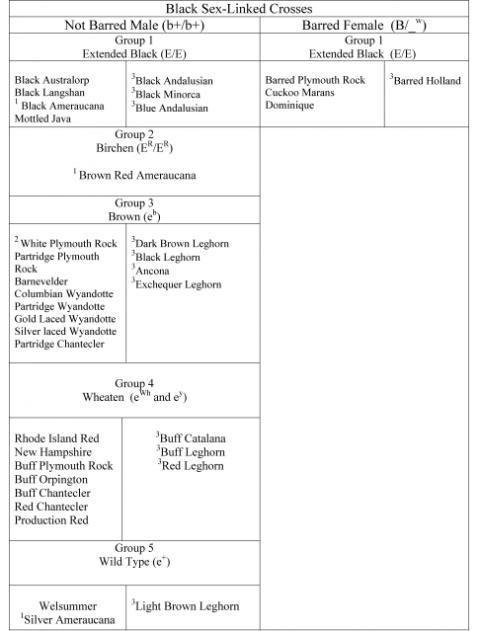Same question, different birds....I have Buff Orp's, RIR, EE's and Plymouth Rocks with a RIR rooster. What can I expect? I am just starting to read up and learn about incubating and want to start my first batch after the holidays.
Another question (and I understand it may be for a different thread) but my RIR rooster is 7 months old. He is definitely active with the ladies. Outside of cracking open the egg, how do I know if an egg is fertile. Should I take a couple of days worth and crack them open until I see a few fertile eggs?
If I put them in the incubator, I understand that after 7 days I should she heavy veins on the fertile eggs. If I don't see ANY veins, does the egg go in the trash or is it still good to eat? I know it sounds like a weird question, but like I said, I a very new to incubating.





